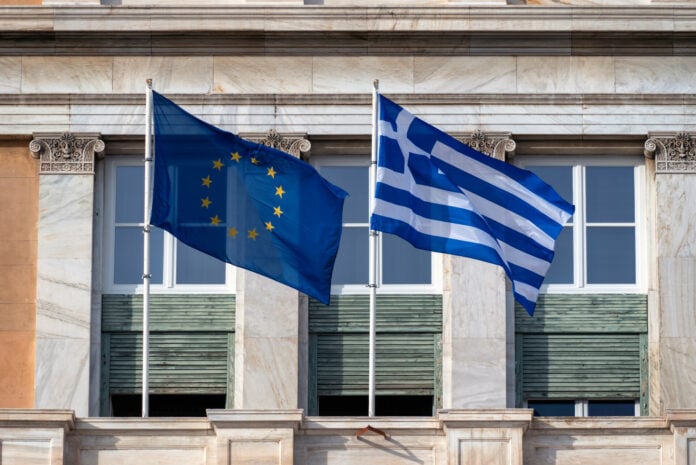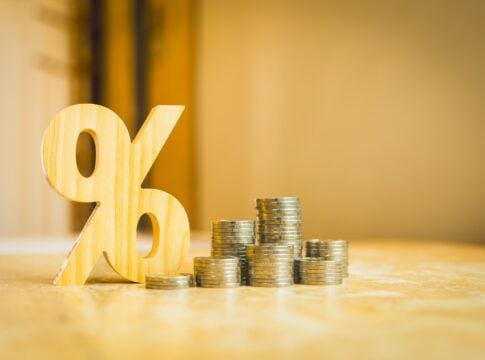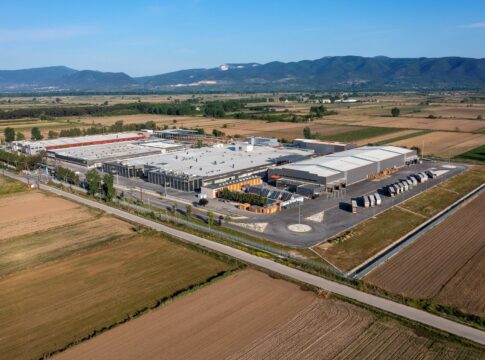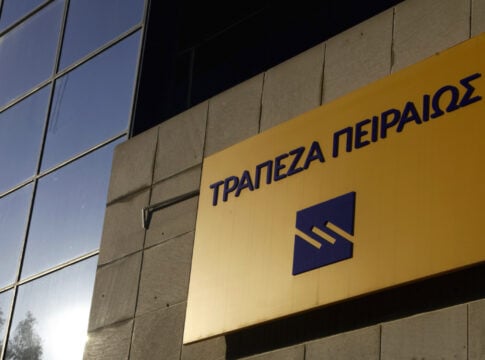Greece is expected to announce on Friday the figures on the course of the Greek GDP in the first quarter, with all eyes on whether the more optimistic forecasts of the economic staff will be justified compared to the lower estimates of all international organizations.
The Greek government has included a forecast for a growth rate of 2.5% in the stability program. Everyone else sees lower growth rates. For example, the European Commission has set the bar at 2.2%, while the International Monetary Fund and the OECD, even lower, at 2%. This difference is equivalent to 1.2-1.5 billion euros, which can affect a series of indicators, the main one being – due to the timing – that of the ratio of debt to GDP.
For the Greek economy, the figures of the first quarter are not indicative of the course of the entire year, because of the great “dependence” on the course of tourism. Last year, the growth rate for the same period was estimated at 2.1% for real GDP and 7.4% for nominal (the latter due to high inflation).
The data so far leave room for conflicting conclusions regarding the course of economic activity during the first quarter. The employment index, for example, has moved positively and this translates into higher income and therefore more consumption.
Another determining factor is the level of investments.
It is worth noting that the change in GDP is even more important this year compared to previous years. Achieving growth targets, in addition to the impact on tax revenues, positively (or negatively) affects the debt-to-GDP ratio. Debt sustainability is the main criterion on the basis of which the European Commission will define the “ceilings” on expenditure, essentially determining the fiscal margins of each country.















